Mounting Night Vision Goggles on a Helmet
Mounting on a Helmet
To properly mount night vision or thermal systems, you typically need five key components:
- A helmet or head harness compatible with a shroud.
- Shroud – A bracket that attaches the helmet mount to the helmet.
- Helmet mount – Connects the shroud to the night vision or thermal device.
- J-Arm – Required for monocular or thermal devices that do not have a direct helmet mounting interface.
- The device itself – Either a night vision or thermal imaging system.

Helmet
A helmet serves as a stable platform for mounting night vision, helping to distribute weight evenly and providing better comfort with proper padding. Alternatively, a head harness can be used for a lighter, more compact setup, but it lacks the stability and comfort of a helmet.


Shroud
A shroud is a bracket that allows a helmet mount to be securely attached. Most high-end and budget-friendly shrouds use the same mounting standard, ensuring compatibility with various helmet mounts. Metal shrouds are preferred for their durability and strength.

Helmet Mount
A helmet mount serves as the connection between the helmet's shroud and the night vision or thermal device. Most helmet mounts offer the ability to stow the device in an upright position when not in use for convenience and space-saving. The most popular helmet mounts include the Wilcox G24 and its clones, followed by the Norotos Lo-Sto and Norotos INVG mounts. These mounts are all highly reliable, each offering unique features tailored to different user preferences and operational needs.
Break-Away Feature: Mounts such as the G24, Norotos Lo-Sto, and INVG are equipped with a break-away feature. When these mounts experience a high enough impact, the mount will break-away, detaching the night vision device from the helmet's shroud. This design protects the user's neck from tripping hazard.
Mounting interface
For night vision and thermal systems, there are three types of mounts that we commonly see: the bayonet, dovetail, and mini rail
Bayonet:
The bayonet mounting system was one of the earliest mounts designed for the PVS-14. However, due to its size, it has become largely obsolete. Despite this, many manufacturers still include bayonet mounts in PVS-14 kits.
Dovetail:
Dovetail mounts have replaced the bayonet system and are now considered the gold standard for night vision goggles in both Western military and commercial markets.
Mini Rail:
The Mini Rail characterized by its slim, rectangular profile. Also known as the MUM Rail, the Mini Rail was originally developed for the Nivisys MUM-14. It remains in use today and is commonly found on certain thermal devices, including models from NocPis (formerly Infiray) and FLIR. These mounts offer more eye relief adjustment than the dovetail but lack quick-detach capability. As a result, they are often replaced with aftermarket dovetail mounts.
The photo below is an example of the mounts. The Bayonet style and dovetail J-arm for the Pvs-14 and the Mini Rail attachment for PFalcon640


As you can see in the photos below, the dovetail is much more compact and provides a firmer hold compared to the bayonet. Most users have experienced wobble with the bayonet mount.

J-Arm
A J-Arm is a mounting accessory that connects a monocular to a helmet mount, allowing it to pivot left or right for user convenience. Since most NVG and thermal monocular cannot be directly attached to a helmet mount, a J-Arm is essential for proper use. There are different types of J-Arms designed for various mounting interfaces. Most J-Arms for night vision monoculars use a dovetail-to-tripod hole connection, while thermal monocular J-Arms typically feature a dovetail-to-mini-rail interface.
Night Vision Binocular
All modern military and commercial binoculars designed for ground use come with a dovetail mount by default. They do not require additional adapters, such as a J-arm, to be mounted on helmet systems like the Wilcox G24 or Norotos INVG.

Aviation Mount
NVG binoculars designed for aviation typically use a ball detent mount, a system specifically engineered for flight use. These mounts not only secure the goggles but also often serve as a power interface, supplying electricity like a remote battery pack. It is an aviation mount but it does not means that you cannot use it on the ground. U.S Army ranger in the early 2000s have been using ANVIS9 extensively.





